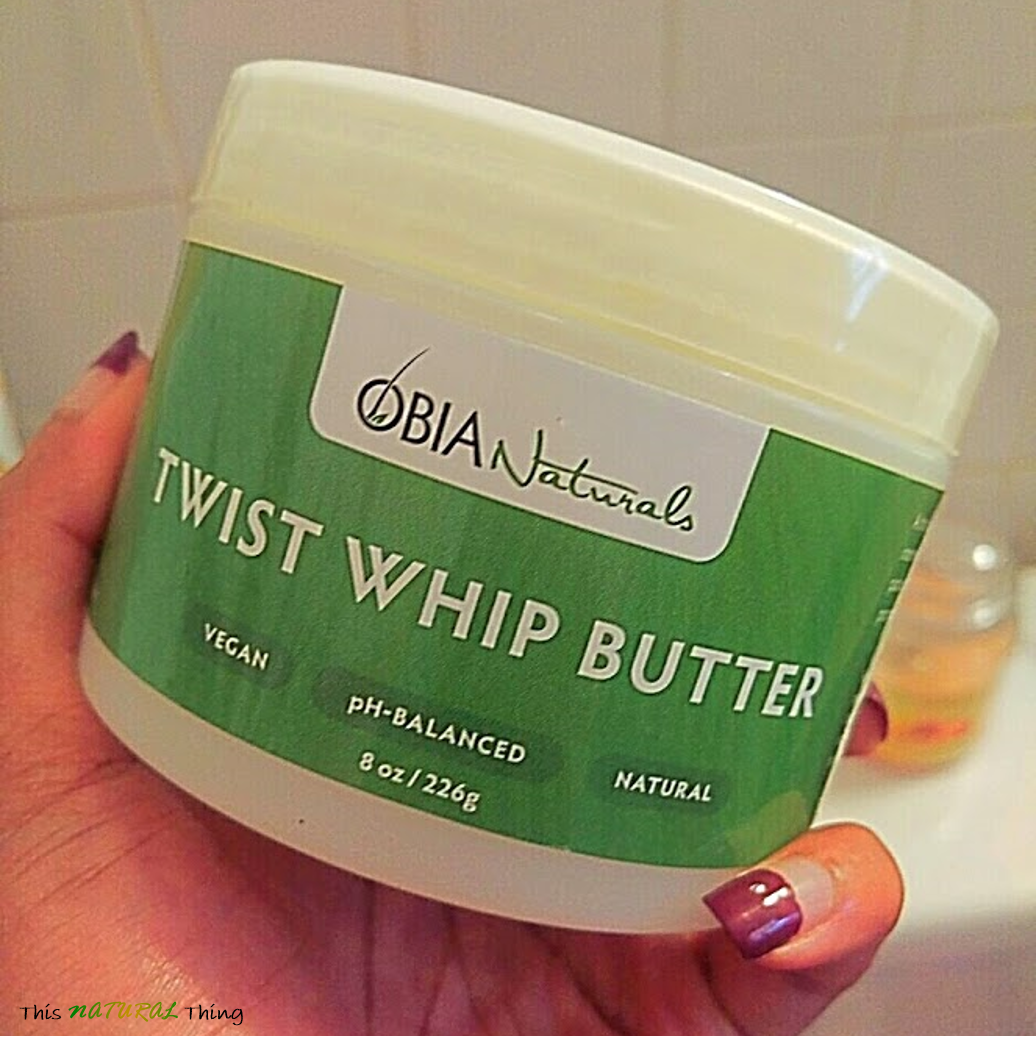Whipping butter is an essential skill in the kitchen that can elevate your baking and cooking to the next level. Whether you're preparing a delectable frosting, a creamy spread, or incorporating air into your recipes, knowing how to whip butter properly is crucial. In this article, we will explore the art of whipping butter, the equipment needed, techniques, tips, and various applications in cooking and baking.
Understanding the science behind why butter needs to be whipped can also enhance your culinary skills. When you whip butter, you incorporate air into it, making it lighter and fluffier, which can significantly improve the texture and flavor of your dishes. This guide will not only provide simple steps but also delve deeper into the nuances of working with butter.
So, whether you're a novice baker or a seasoned chef, this article will serve as a valuable resource for mastering the technique of whipping butter. Let's dive into the details and uncover the secrets to achieving perfectly whipped butter.
Table of Contents
- Understanding Butter: Types and Temperature
- Essential Equipment for Whipping Butter
- Step-by-Step Guide to Whipping Butter
- Common Mistakes to Avoid
- Creative Uses for Whipped Butter
- Flavoring Your Whipped Butter
- Storage Tips for Whipped Butter
- FAQs About Whipping Butter
Understanding Butter: Types and Temperature
Before whipping butter, it's essential to understand the different types of butter available and the importance of temperature.
Types of Butter
- Unsalted Butter: This is the best choice for whipping, as it allows you to control the saltiness of your recipes.
- Salted Butter: While it can be used, keep in mind that it may alter the flavor of your final product.
- European Butter: This butter has a higher fat content and can produce a richer whipped texture.
Ideal Temperature for Whipping
The temperature of the butter is crucial for successful whipping. Ideally, butter should be at room temperature, around 65-70°F (18-21°C). This temperature allows the butter to soften, making it easier to incorporate air while whipping.
Essential Equipment for Whipping Butter
Having the right tools can make the process of whipping butter much easier. Here are some essential items you will need:
- Mixing Bowl: A medium-sized bowl works best for whipping butter.
- Electric Mixer: A stand mixer or hand mixer will save you time and effort.
- Spatula: Useful for scraping down the sides of the bowl.
Step-by-Step Guide to Whipping Butter
Now that you have your butter and equipment ready, follow these steps to whip butter like a pro:
- Prepare the Butter: Cut the butter into smaller chunks to help it soften quicker.
- Mix on Low Speed: Begin mixing at a low speed to prevent splattering.
- Increase Speed: Gradually increase the speed of your mixer to medium-high.
- Whip Until Fluffy: Continue mixing until the butter is light and fluffy, usually 2-5 minutes.
Common Mistakes to Avoid
Even experienced bakers can make mistakes when whipping butter. Here are some common pitfalls to avoid:
- Using Cold Butter: Starting with butter that is too cold will result in a clumpy texture.
- Over-Whipping: Whipping for too long can cause the butter to become grainy.
- Not Scraping the Bowl: Failing to scrape down the sides of the bowl can lead to uneven whipping.
Creative Uses for Whipped Butter
Whipped butter is not just for baking; it has a variety of uses in the kitchen. Here are some creative ideas:
- Frosting for Cakes: Whipped butter can be combined with powdered sugar for a creamy frosting.
- Spreads for Bread: Use whipped butter as a flavorful spread for toast or bagels.
- In Sauces: Whipped butter can be incorporated into sauces for added richness and texture.
Flavoring Your Whipped Butter
Enhancing the flavor of your whipped butter is simple. Here are some popular flavoring options:
- Herbs: Fresh herbs like basil or chives can add a savory twist.
- Spices: Cinnamon or nutmeg can provide a warm, comforting flavor.
- Citrus Zest: Lemon or orange zest can brighten up your whipped butter.
Storage Tips for Whipped Butter
To maintain the quality of your whipped butter, follow these storage tips:
- Refrigeration: Store whipped butter in an airtight container in the refrigerator for up to two weeks.
- Freezing: For longer storage, whipped butter can be frozen for up to three months.
FAQs About Whipping Butter
Here are some frequently asked questions about whipping butter:
- Can I whip cold butter? It's best to use room temperature butter for optimal results.
- How do I know when my butter is whipped enough? The butter should be light, fluffy, and pale in color.
- Can I whip margarine instead of butter? Yes, but the texture and flavor may differ.
Conclusion
Whipping butter is a fundamental skill that can significantly enhance your cooking and baking endeavors. By understanding the types of butter, using the right equipment, and following the proper techniques, you can achieve beautifully whipped butter every time.
We encourage you to experiment with different flavors and applications for your whipped butter. Don't hesitate to leave a comment below sharing your experiences or any questions you might have. If you found this article helpful, consider sharing it with fellow baking enthusiasts or exploring our other culinary guides!
Penutup
Thank you for reading! We hope this guide has inspired you to whip up some delicious butter at home. Be sure to visit us again for more tips, recipes, and culinary inspiration!


